Samburu National Reserve Safari in Kenya is one of those Safaris you cannot wait to hop in that Jeep, fasten your belt and hit Thika Road in those Chilly mornings but with beaming sunlight.
In the morning there is more deep sweetness that resonates within and finds a way to express this energy that is me. When we started our Safari to Samburu National Reserve, we left Nairobi at 6:30 Am.
We were ready for the 331 Kilometers from Nairobi. Samburu National Reserve is located in Samburu County, boarded by Buffalo Springs National Reserve and Sarova Shaba Game Reserve which is separated by the Ewaso Nyiro River.
Samburu National Reserve has several Unmissable attractions, without much ado. Let’s delve in.
Kamuniak the Lioness who Adopted Beisa Oryx.
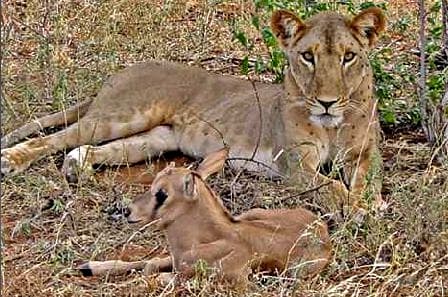
This pre-eminent reserve is famously known for the Lioness who made headlines across the globe when she adopted a Beisa Oryx. Whom she took care of for a week or so but as fate would have it, she was dismembered by other lions while Kamuniak. (“Kamuniak” name christened by the local, Meaning the blessed one in Samburu Language) was asleep.
Kamuniak did not stop there she continued to adopt more Beisa oryx calves. She adopted at least six. These are the recorded ones before she disappeared in February 2004 never to be seen again to date.
An animal specialist in behaviourists said She was mistaking the first Calf she adopted for a cub. However, when she continued they ruled out this theory and the only theory near sense of the reason she adopted is that. She probably couldn`t have her Cubs and adopting these Oryx satisfied her desire for motherhood.
These were kind of interesting information we were getting from our veteran guide Muchemi from Incredible Kenya Adventures. He was narrating to us as we drove down and up the valleys with beautiful sightings of lush greenery.
The Welcome and Entrance Game Drive.
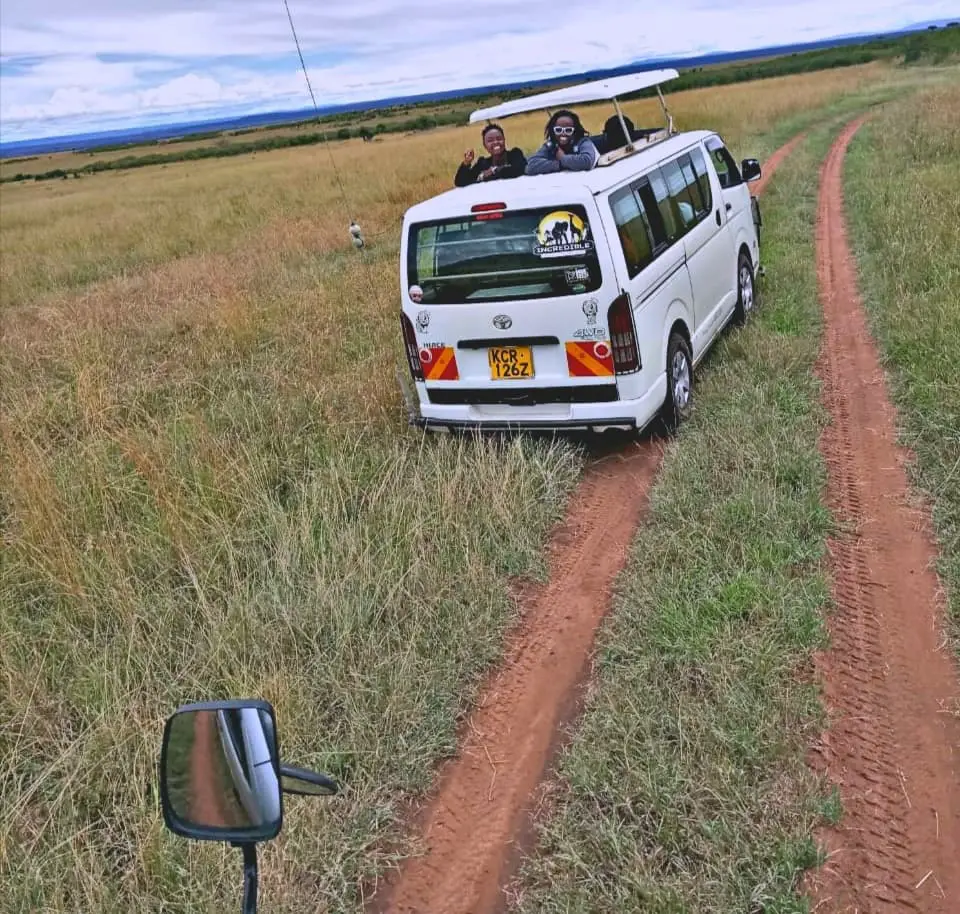
We were at Samburu National Reserve Gate at 12:07 PM. We had taken an all-inclusive Package from our Tour Agent. So, we waited in the jeep while waiting for our guide, Maasai Ladies with those checkered Colorful Shukas ceremoniously surrounded our jeep selling to us their hand made Jewellery.
Besides promoting them, I like African jewels, and it is implausible not to spot me donning one. Swiftly but gently our guide Muchemi cleared everything and we drove off through the scrubby open bushland and Savanna.
The fringing riverine forest of acacia trees, just to remind you of our entrance to the reserve started with a game drive as we slowly drove to our Lodge since we were a bit early.
We spotted a few animals the likes of Hyenas, Greater Kudu, the reticulated Giraffe and a herd of Elephants. This was before we drove off for check-in and Lunch at our Lodge. Upon arrival, we were ushered in by Masai Dance.
What to see at Samburu National Reserve.
So, why the hype? Why Samburu National Reserve apart from the Oryx story what makes this Reserve Stand out and worth visiting?
These are some of the questions lingering in a first-timer to Samburu National Reserve. Well, am here to answer these questions and many more. Let`s delve in and see why Samburu National Reserve?
The Samburu National Reserve Special Five.
Yes! Samburu Stands out for having the Special five, please note on top of the Big five in exception of the Rhino. You will have the Special five which are rare and endemic animals to Samburu Ecosystem, they include, Gravy Zebra, Reticulated Giraffe, The Somali Ostrich, the Beisa Oryx and the Gerenuk Antelope.
5.) The Reticulated Giraffe.
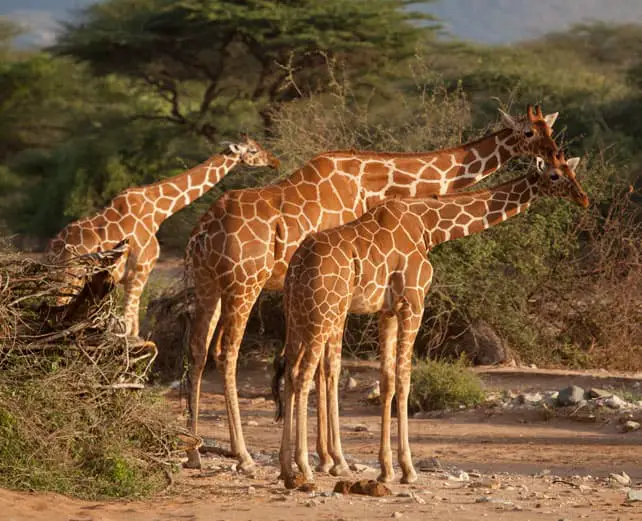
We were told only 8,450 Reticulated Giraffe also known as Somali Giraffes are left in the wild, their home is Somalia but also found in Southern Ethiopia and Northern Kenya which happens to be Samburu National Reserve. The reticulated Giraffe are slightly Shorter than their counterpart. They are easily identifiable, they have shaped like polygons with straight, smooth sides. Most of the giraffes are brown but the reticulated giraffes have lighter brown colour outlined by bright white colour lines.
4.) Gravy Zebra

It is also known as Imperial Zebra, the largest wild Equid (a Mammal for the horse family) and most threatened of the three Zebra Species, the other two being Plain Zebra and Mountain Zebra, only about 2000 gravy zebra are left in the wild. The Gravy Zebra has narrow white and Black Stripes, taller than other Zebra Species and big ears. It is only found in Kenya and Ethiopia.
3.) The Beisa Oryx.
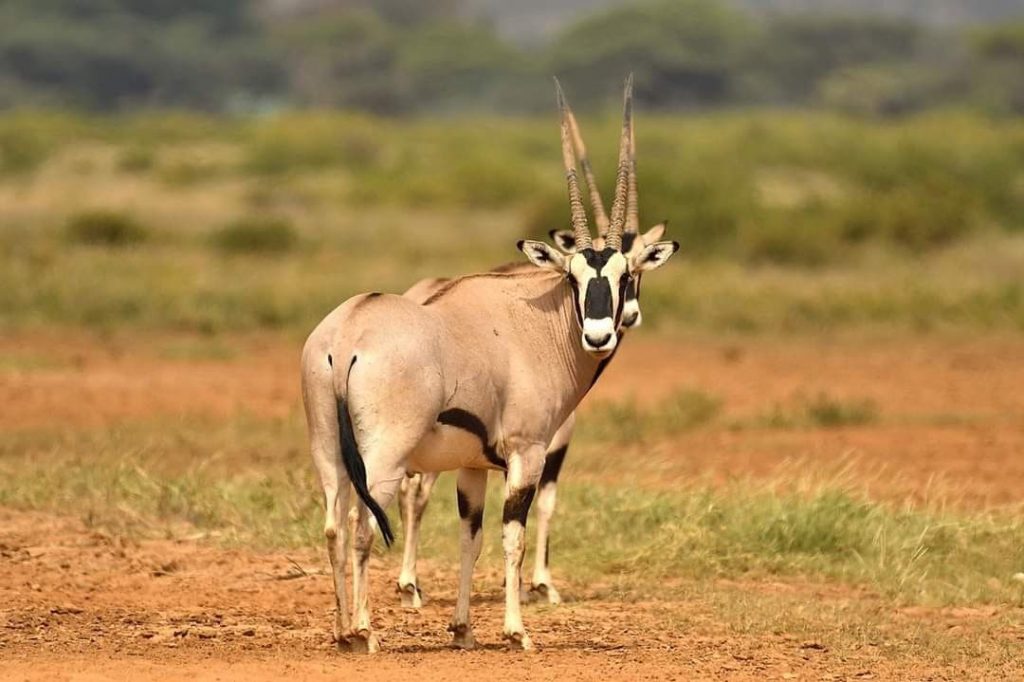
As we drove to the park this was the first animal we spotted. Our guide told us we would have a good time in the reserve for spotting one of the special five as the first animal.
There are two species, the common Beisa Oryx found throughout the horn of Africa and north of Tana River. The second Species is the fringe-eared Oryx found in the South of the Tana River and some parts of Tanzania.
2.) The Gerenuk Antelope.
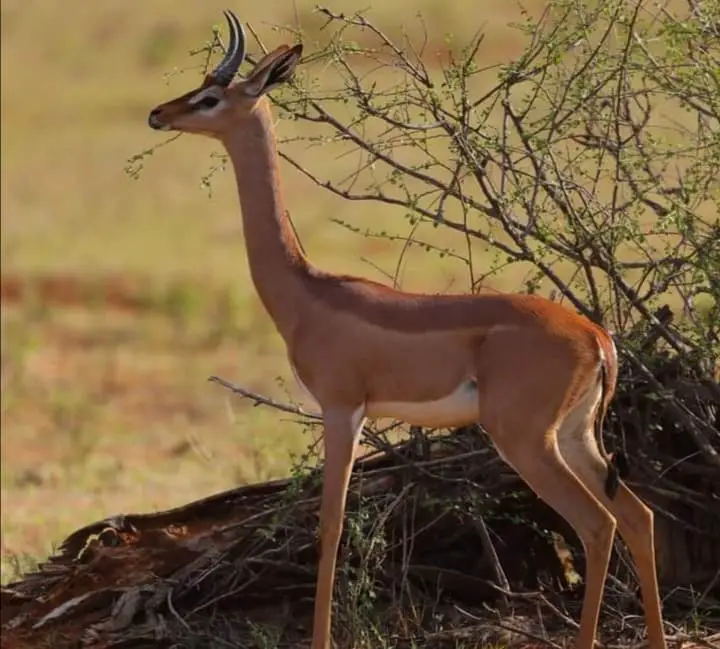
They are also known as the Gazelle Giraffe because of their definitive long neck. It can incredibly go for entire life without drinking water, enabling them to comfortably adapt to dry land. The Males have lyre-shaped like Horns.
1.) Somali Ostrich.

This flightless huge bird was also the first bird we saw, though from a distance when we were driving towards our Lodge the first day.
Somali Ostrich was declared a distinct species in 2014, setting itself from the common Ostrich. Definitive by the blue-grey neck and thighs. During mating, these parts turn blue. I guess from the excitement or the adrenaline rush.
Bird Watching at Samburu National Reserve.

Samburu National Reserve Boast of more than 450 Bird Species, making it stand out. A cool destination for bird lovers. There are a number of them, the likes of Orange-bellied parrot, Northern white-crowned Strike, hunter`s sunbird, pringle`s puff back, golden breasted starling, Abyssinian scimitar bill, rosy patched bush shrike, African bellied parrot among many others. Every turn we made during the game drive I couldn`t miss a different bird species.
Visit the Samburu People.
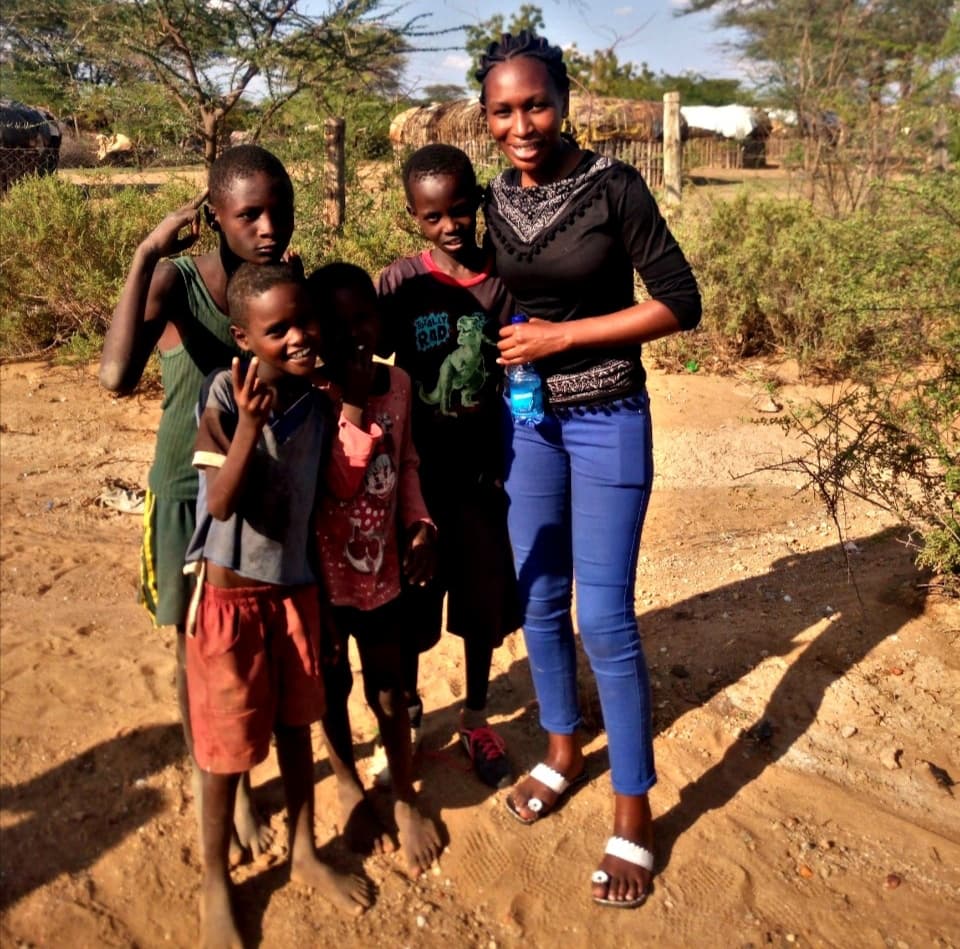
Also known as the Samburu Village visit, interact with the local community, the Samburu are almost a replica to Maasai People. They don the same checkered Shukas, beads and blankets. They live in Manyattas. Samburu People are also Nomadic and sell their beads just like the Maasai People.
Each of the communities has a right to marry more than one wife each having own house made up of Clay mud and cow dung. It is the ladies who built the houses. The Manyattas are in the shape of a lion paw. Fenced by thorn acacia to prevent them from Animal attack even though no animal would dare infringe.
The Morans who are warriors, one can only become after a painful passage of circumcision ceremony. The procedure takes place without anaesthetic and they should endure the pain, no screaming or making any facial expression of pain.
Warriors don their long braids coated with animal fat and orange ochre but when they graduate to become junior elders only then, they can Shave their long stylish hair.
Recommended Time at Samburu National Reserve
The First Day: When we checked in our lodge, after taking a sumptuous lunch we lazed around the lodge up to around 4:00 Pm. Only then when our guide Muchemi came to pick us for an evening game drive.
Evening game drives especially on the first day are incredible. All the anticipation to spot that prowling lion, a leopard scanning some dinner from those acacia trees. Aah, it is always Spectacular.
We spotted a pride of lions, a herd of elephants, impalas, hyenas, Reticulate Giraffe among others. A significant number of bird species including the endemic Somali Ostrich.
The Second day: Wake up call at 6:00 AM, take that hot or cold shower, power breakfast and off for a full game drive. We visited the Samburu people on the second day after we had enough of game viewing.
The reason am saying enough of the game drive, a kill happened right in front of us. We couldn`t ask for more, this came after spotting almost all the big cats. So, we spend a better part of the Afternoon after having our packed lunch at the Samburu People Village. Which I always find fascinating and knowledgeable regards to culture.
The third Day: This is the day for early morning drive, around 6:00 AM you are in the jeep rubbing your hands together to generate some quick warm. Thanks to the chilly morning.
We did a game drive for three incredible hours which was splendid, then returned to the hotel. Refreshed, packed our bags, not forgetting our Power Breakfast then checked out smoothly with game drives.
Just like Masai Mara National Reserve, 3 days is recommended. However, sometimes 1 night is doable especially if you are connecting with other parks.
We arrived at Nairobi around 4:00 PM
Mount Ololokwe.
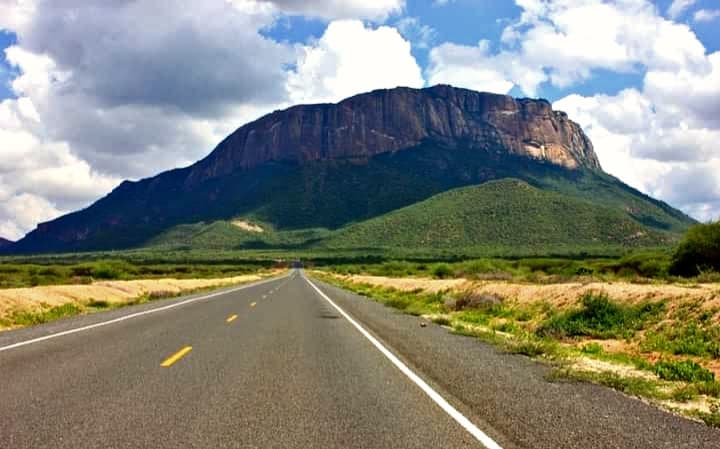
This Mountain is becoming popular by the day thanks to the straight smooth road. Where you can comfortably test the power of your engine by stepping on it to the floor. Though I have never climbed Mount Ololokwe, plans are underway.
This mystery rock was frequently visited by the Local Samburu People to go and pray for rain and healthy cattle. It is a tourist attraction in the area. The Name Ololokwe means Sacred Mountain in Samburu Language.
Budget for Samburu National Reserve Safari.
You will need a certain budget to be able to plan for Samburu National Park Safari.
Hotels Range from as low as $60 – up to $600 Plus, per day. Every social class is well taken care of, however, the Park fee is mandatory and not negotiable.
Park Entrance Fees
Kenyan Citizens Adult Kes1,000 Child Kes500
Non-Resident Adult $70 Child $40
Camping site Fees Starts from $12

Also Read:-

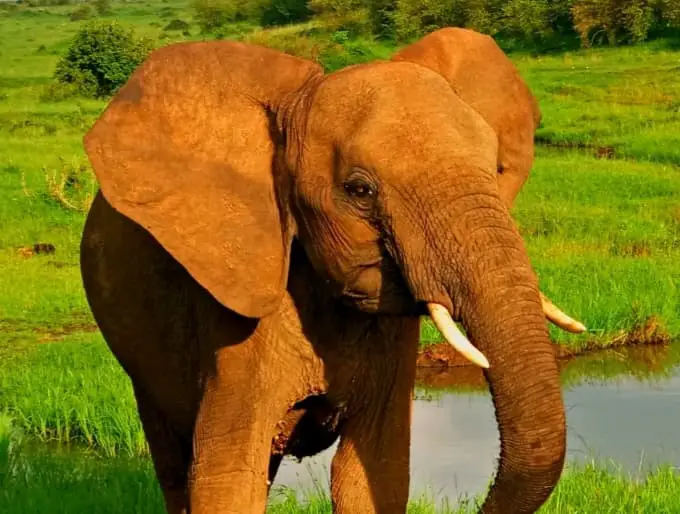

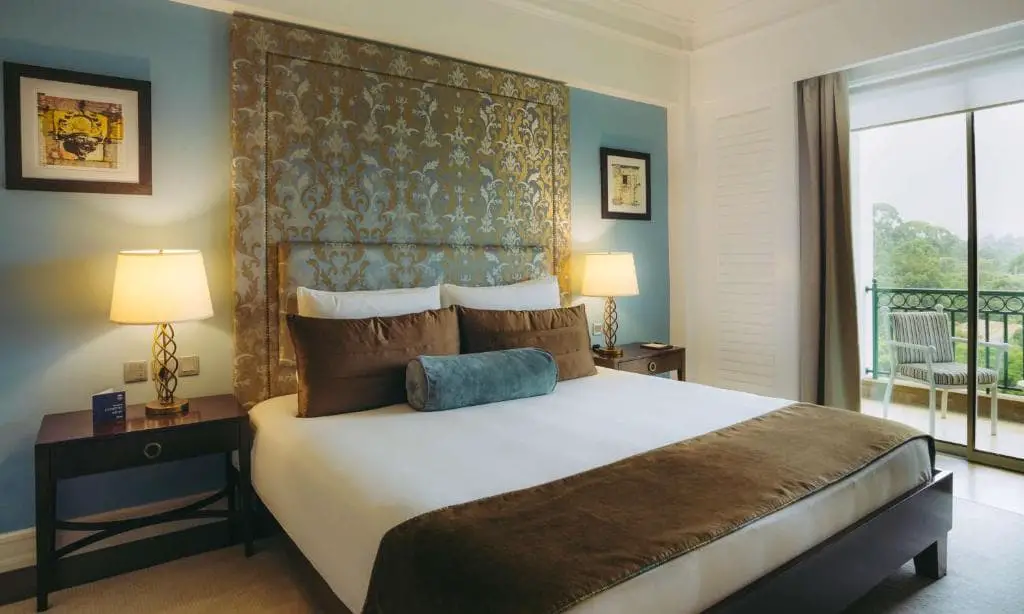
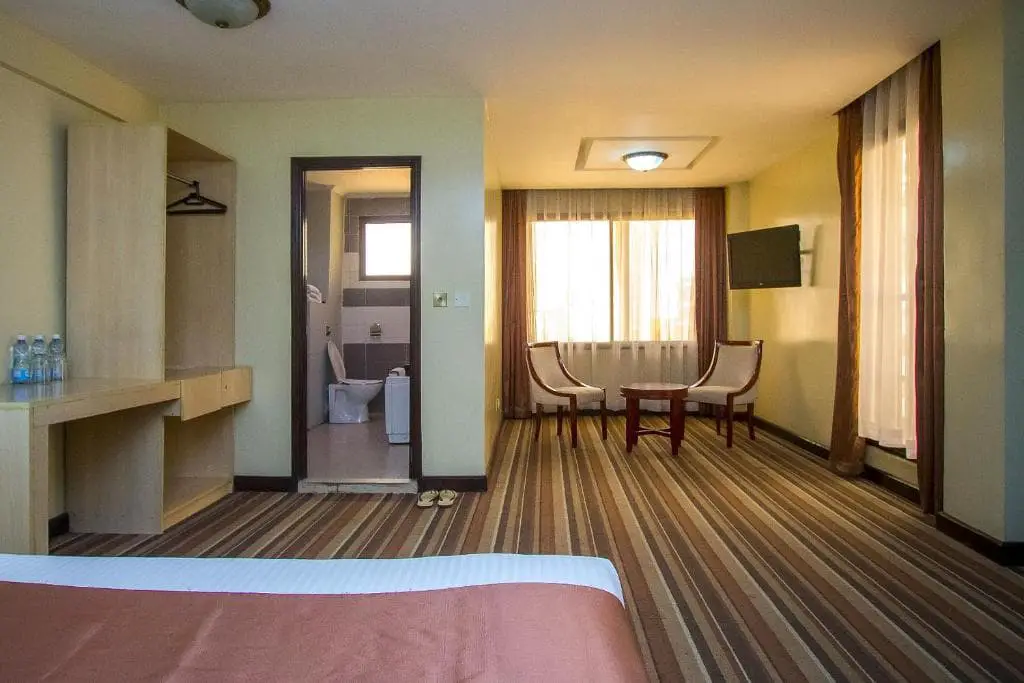

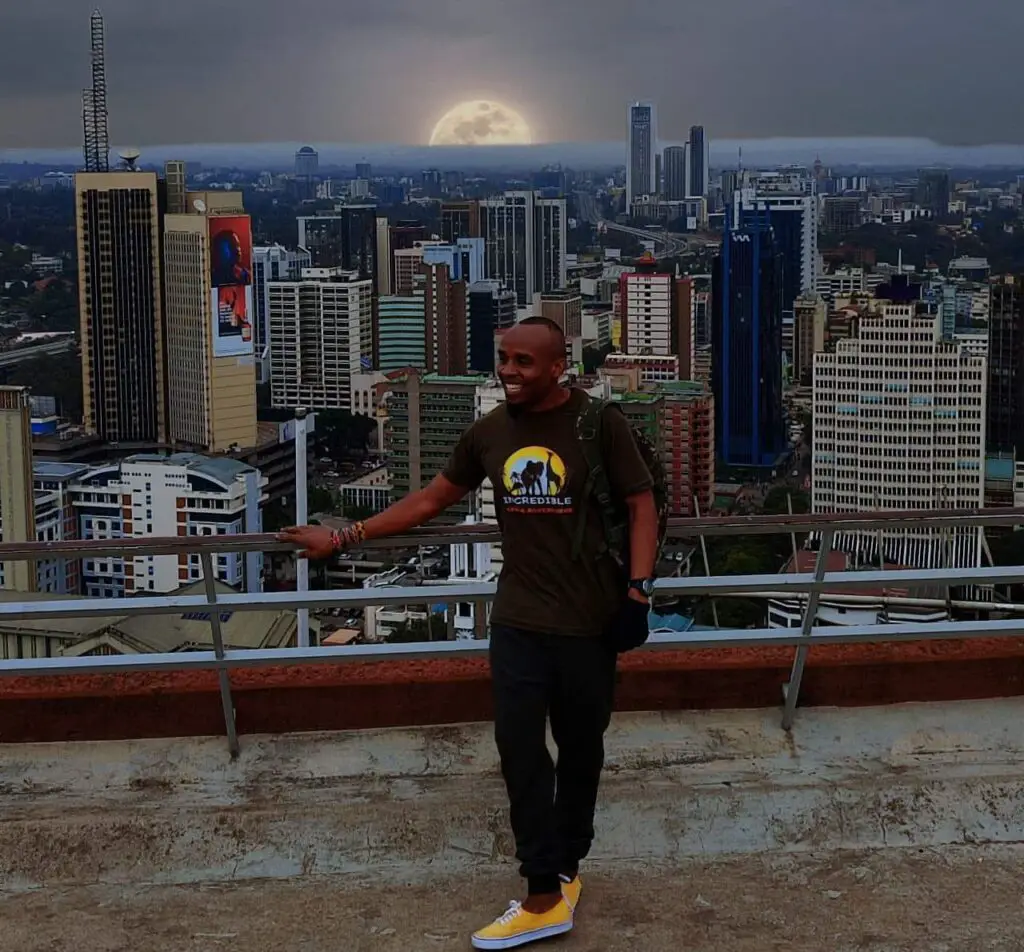

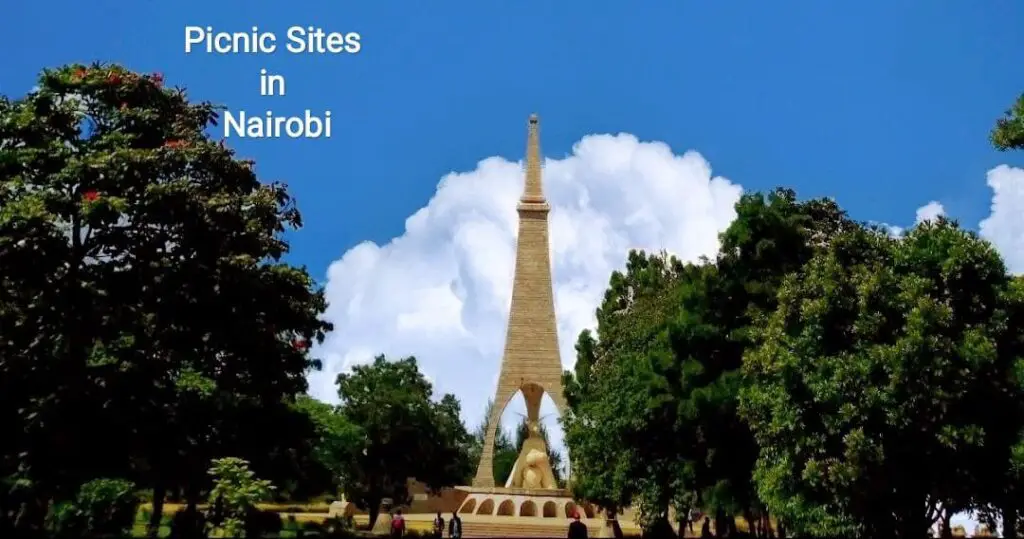

Great blog post! Really informative and love the photos!
Thank you, Rosa